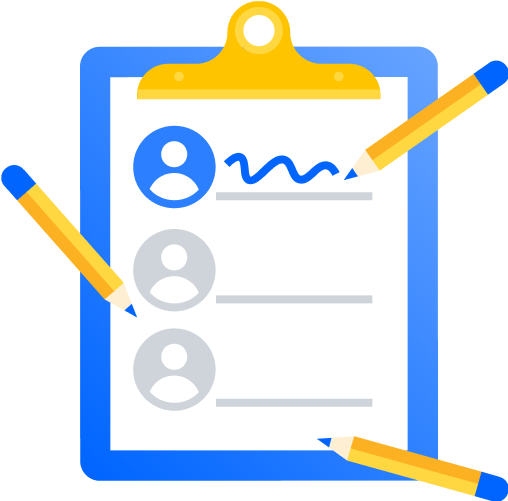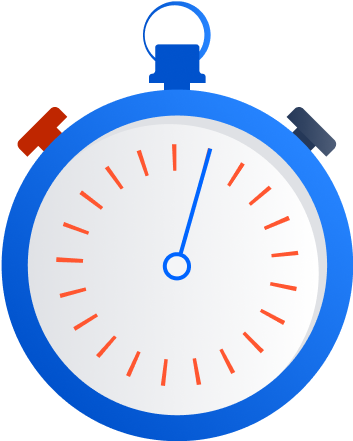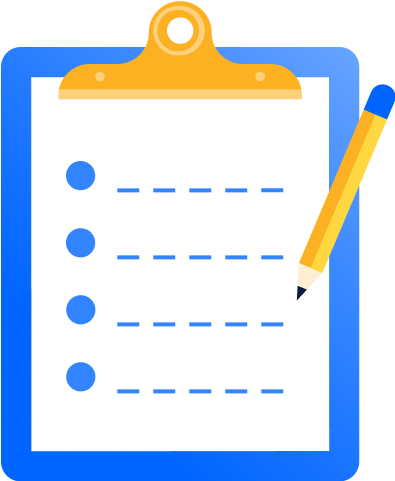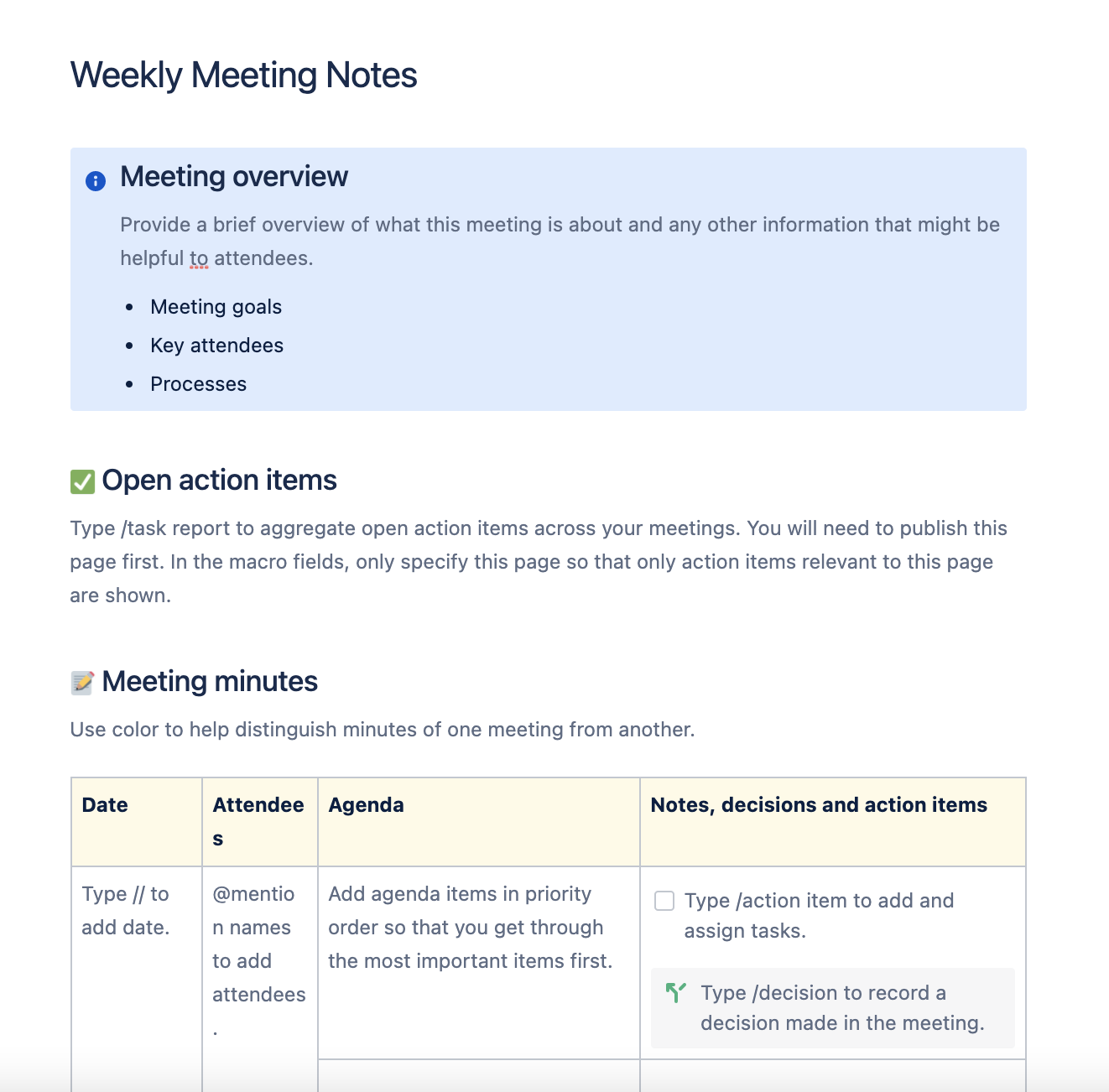How to embrace collaborative meetings and avoid pointless calls
Browse topics

Make short collaborative meetings the default

Brainstorm asynchronously to prepare for collaborative meetings

Meetings called to brainstorm the “next big idea” are ineffective because they’re hampered by the fear of rejection – offering up a “dumb” idea. Plus, real-time brainstorming often leads to tangents, so you don’t actually accomplish much. The asynchronous collaboration that occurs before collaborative meetings allows participants to develop and organize their thoughts ahead of time so they feel more empowered to share in real-time.
HBR reports that more than 65% of meetings are “held for ‘information sharing,’ ‘group input,’ or ‘group discussion,’” which is a fancy way of saying most meetings could have been an email. But, while it’s true that group discussion meetings are rarely a good use of everyone’s time, email isn’t the best solution either.
Simply put, email doesn’t scale to facilitate effective team brainstorming. Threads quickly devolve into a maze of attachments and replies, leaving participants trying to decipher the most current and pertinent information such as what needs to get done (and by whom). Instead of becoming a launchpad for a productive collaborative meeting, the agenda divides your team and derails your meeting before it even starts.
A team collaboration tool can improve your team’s brainstorming process by facilitating asynchronous brainstorming, which gives people time to sit with the brainstorm brief and think more creatively.
This process of an extended brainstorming period with intermittent communication is sometimes called communicating in bursts. It involves “rapid-fire communications, with longer periods of silence in between.” Think about how much clearer your mind feels when you have long stretches of time to work, think, and consider challenges versus trying to tackle problems as they arise like an endless game of whack-a-mole. Doesn’t the former sound more productive and less stressful?
Make sure your team has ample time to brainstorm — two days or more — especially if you work across time zones. Then, you can use brainstorm notes as a jumping-off point for your meeting agenda.
Create clear agendas and share them with attendees

Reserve time to schedule action items
Even the most productive collaborative meetings fizzle out when there is no accountability or follow-through for the decisions and tasks created during the meeting.
Always reserve the final five minutes of meetings for creating an action plan. Remember, your agenda is a living document, so refer back to your meeting notes to figure out the next steps. Use the Action items section of the Meeting notes template to assign responsibilities to attendees directly on the same page.

No need to dig through emails, notes, and documents to figure out who is supposed to be working on what and when — it’s all there in a central location and accessible to everyone.